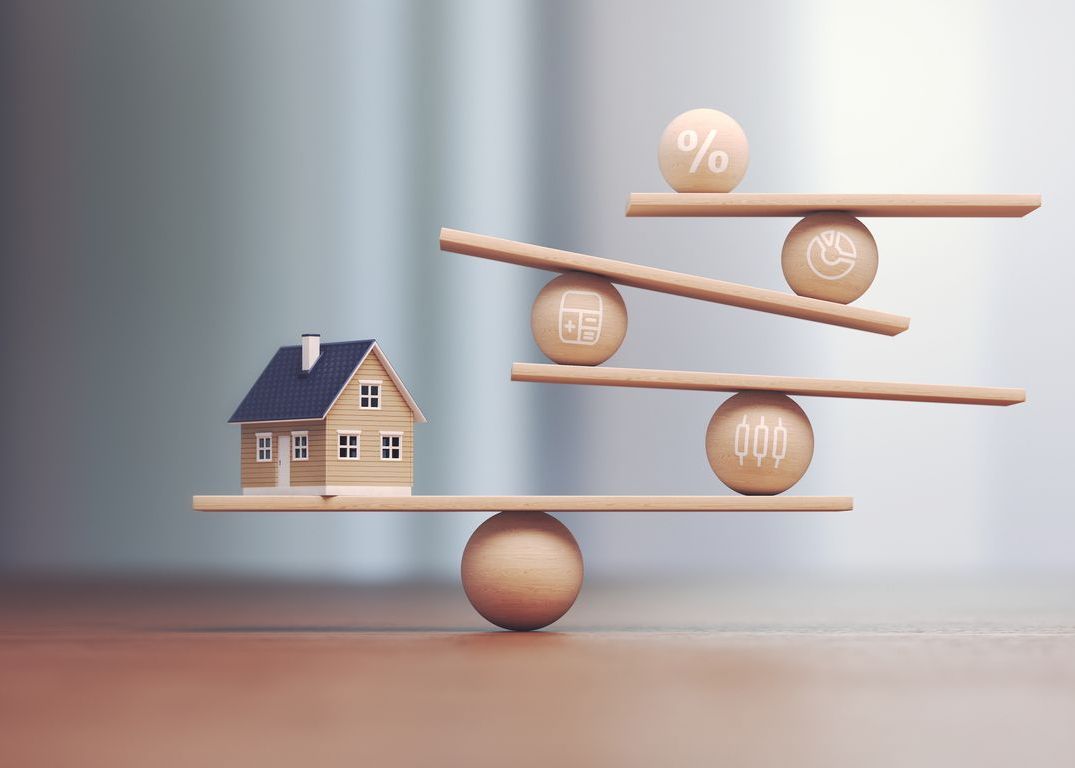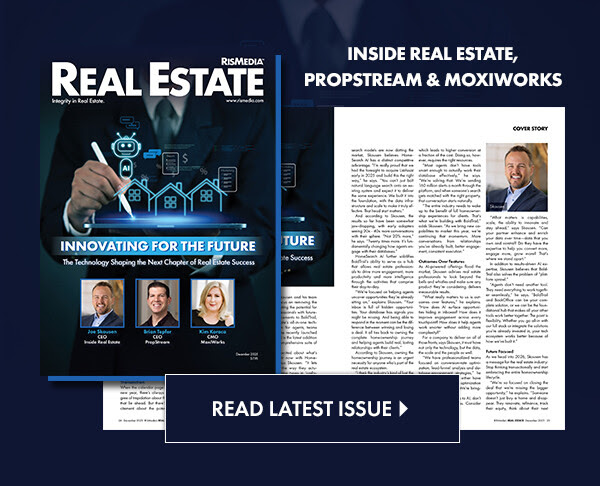Most homebuyers choose fixed-rate mortgages because they offer security and predictability. While a fixed-rate mortgage is an excellent option, it might not be the right choice for you.
What Is a Fixed-Rate Mortgage?
A fixed-rate mortgage has an interest rate that stays the same for the entire loan term. If you take out a fixed-rate mortgage, the amounts you pay for principal and interest will remain the same for as long as you keep the loan.
If your loan servicer collects money for homeowners insurance and property taxes each month, those costs might change. Therefore, the total that you pay might go up or down, but the mortgage portion of your payment won’t change.
What Is an Adjustable-Rate Mortgage?
An adjustable-rate mortgage, or ARM, has a fixed interest rate for an introductory period, which lasts several years. After that, the interest rate is reset periodically based on economic conditions at that time. A homeowner’s interest rate and mortgage payments might rise or fall significantly, although there are limits on how much they can change.
Why Do So Many People Choose a Fixed-Rate Mortgage?
It can be stressful to not know how much monthly housing payments will be. A fixed-rate mortgage eliminates that uncertainty and provides peace of mind. When homeowners know how much they’ll have to pay for principal and interest every month, they can budget with confidence.
Why Might You Choose an Adjustable-Rate Mortgage Instead?
Maybe the thought of fluctuating mortgage payments doesn’t worry you much. Perhaps you expect interest rates to go down in the future, and you want to be able to capitalize on declining rates without refinancing and paying closing costs.
You might prefer an adjustable-rate mortgage if you only plan to live in your new home for a short period of time. If you take out an ARM, you’ll likely get an introductory interest rate that’s lower than the rate you could get on a fixed-rate mortgage. If you sell the house before the interest rate resets, you won’t have to worry about a spike in your monthly payments.
Another option is to take out an adjustable-rate mortgage, lock in a low rate for several years, then refinance before the rate resets. That can be risky. Interest rates might go up or down in the future. When your introductory rate expires and you want to refinance, you may or may not be able to get a loan with a lower rate. If you don’t meet a lender’s requirements, you might not be able to refinance at all. In that case, you’ll have to keep the ARM and possibly make higher monthly payments.
Which Loan Type Is Right for You?
Both fixed-rate and adjustable-rate mortgages have pros and cons. Think about how long you intend to live in your new home and how comfortable you are with the idea of fluctuating loan payments. Get quotes from several lenders and compare them carefully before choosing.











